There are countless horror stories about grandchildren in tears, as they watch family farmland auctioned off because their grandparents had to liquidate assets to satisfy the taxes.
Another tale is siblings who were once in business together and now don’t talk to each other after one felt slighted because they didn’t receive the family’s antique tractor.
Ag Web’s recent article entitled “Who Gets What? Take This Important Estate Planning Step” says that no matter where you are in the process, you can always take another step.
First, decide what you’re going to do with your assets. Each farmer operating today needs to be considering what happens, if he or she passes away tonight. Think about what would happen to your spouse or your children, and who will manage the operation.
The asset part is important because you can assign heirs to each or a plan to sell them. From a management perspective, farmers should then reflect on the wishes of your potential heirs.
Children who grew up on the farm will no longer have an interest in it. That’s because they’re successful in business in the city or they just don’t have an interest or the management ability to continue the operation.
After a farmer takes an honest assessment, he or she can look at several options, such as renting out the farmland or enlisting the service of a farmland management company.
Just remember to work out that first decision: What happens to the farm if I’m dead?
Once you work with an experienced estate planning attorney to create this basic framework, make a habit of reviewing it regularly.
You should, at a minimum, review the plan every two to three years and make changes based on tax or circumstance changes.
Reference: Ag Web (August 1, 2022) “Who Gets What? Take This Important Estate Planning Step”




